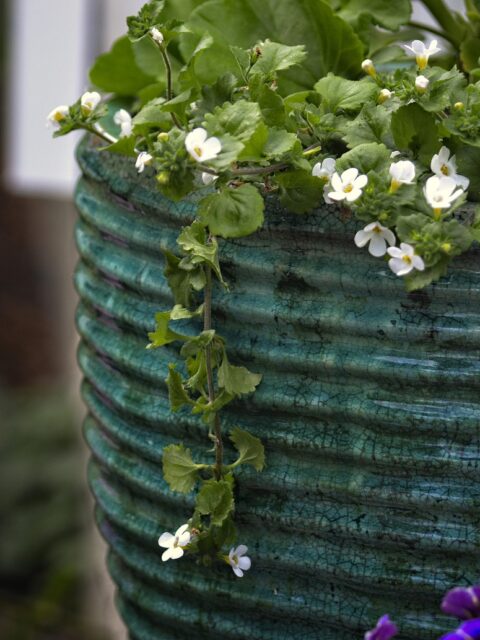Anise or Pimpinella anisum belongs to the botanical family umbelliferae (parsley), and it has been used in herbal medicine for a long time. It can grow from 30–50 cm, and it is entirely covered in fine hairs.
This plant can grow from 30–50 cm, and it is entirely covered in fine hairs. Anise contains chemicals called creosol and alpha-pinene that are believed to help loosen bronchial secretions.
Anise was used by the ancient Romans and was well known for its liquorice like a taste, but much sweeter and more delicate than the liquorice root.
Next to asthma, anise is used to freshen the breath, in liqueurs such as Turkish Raki and Greek Ouzo, soups and stews, in cookies, bread, in cosmetics and household. Literary, due to its delicate yet aromatic flavour anise can totally transform the taste of your food.
Anise Benefits
Anise has antibacterial and antifungal properties. It is also an antioxidant and stimulant.
- Used for digestion
- Alleviates flatulence, nausea, cramps and colds
- Reduces bloating
- Excellent remedy for intestinal colic
- Eases bronchitis
- Improves appetite
All parts of the anise plant can be used in the kitchen. Deliciously flavoured aromatic anise seeds and powder can be found at any well-stocked market. In cooking, anise will go very well with beans, broccoli, asparagus, celery, tomatoes and cabbage. Freshly chopped leaves will enhance dips or green salads.
Making Anise Tea
It is very easy to prepare anise tea at home. All you need are whole anise seeds and water.
- 1 cup of boiling water
- One teaspoon of anise seeds
In a kettle of boiling water add anise. Let it cook for a minute or two. It is ready! You can also mix anise tea with warm milk and have it just before going to bed. Or, you can mix it with your favourite tea. It will surely empower not only the taste but also the aroma giving your drink a pleasant flavour. It will put your stomach at ease and transform your night into a silent good night’s sleep.
Please note: anise should not be given to young children and infants.


